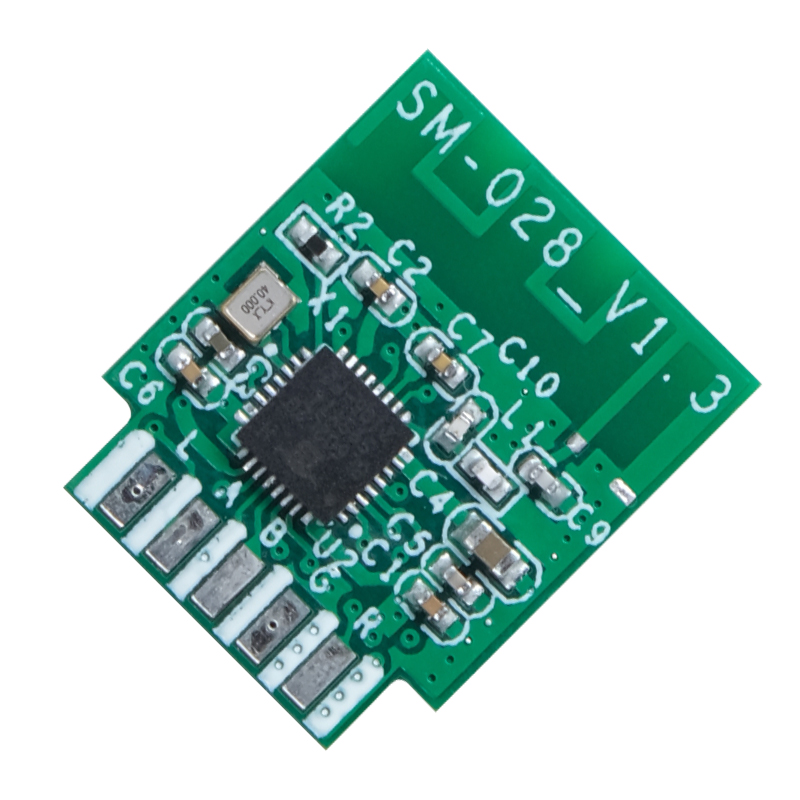The Internet of Things (IoT) has revolutionized the way we interact with technology. At the heart of this technological paradigm lies the IoT module, an essential component that enables devices to connect, communicate, and transmit data efficiently. In this article, we will delve into the main features that make an IoT module a fundamental element in the world of connected devices.
One of the primary features of an IoT module is its ability to offer a wide range of connectivity options. These modules often integrate various wireless technologies, such as Wi-Fi, Bluetooth, cellular networks, or even satellite communication, to establish connections with other devices or networks seamlessly. The versatility in connectivity options ensures that IoT modules can be deployed in diverse environments and cater to specific use cases.
IoT modules come in various shapes and sizes, each with different processing power and memory capabilities. The onboard processors and memory allow these modules to perform tasks, such as data processing, analytics, and decision making, either locally or in conjunction with a cloud infrastructure. The ability to handle complex computational tasks efficiently is crucial in an IoT ecosystem where data is continuously generated and analyzed in real-time.
Security is a paramount concern in the IoT landscape due to the vast amount of sensitive data being transmitted and processed. IoT modules incorporate several security features to ensure the integrity, authenticity, and confidentiality of data. These may include encryption algorithms, secure boot processes, access control mechanisms, and communication protocols designed to thwart unauthorized access, tampering, or data breaches.
Given the wide deployment of IoT devices across various applications, power efficiency is a critical factor in IoT module design. These modules are often engineered to consume minimal power during operation, enabling them to be deployed in remote or battery-powered scenarios for an extended period. Sleep modes, optimized power management strategies, and low-power sensor integration contribute to enhancing battery life and reducing the overall energy consumption of IoT modules.
IoT modules need to accommodate diverse use cases and scale efficiently to handle the growing number of connected devices. The ability to scale encompasses both hardware and software aspects. Hardware scalability involves the possibility of integrating additional sensors, actuators, or modules as per the changing requirements of the IoT application. On the other hand, software flexibility ensures that the module can adapt to various protocols, standards, and APIs, allowing seamless integration with different platforms and ecosystems.

In conclusion, an IoT module combines various key features to enable the effective deployment of connected devices. From providing diverse connectivity options to ensuring robust security measures and power efficiency, these modules play a vital role in building a connected world. Their scalability and flexibility further contribute to their significance, allowing adaptation and growth in the ever-expanding IoT landscape. Understanding and harnessing the main features of IoT modules are keys to unlocking the true potential of the Internet of Things.
 Trolink Joint With Tuya to Make Iot Benefit Every Family
Trolink Joint With Tuya to Make Iot Benefit Every Family
 5 Key Indicators for WiFi Module Selection You Have to Know !
5 Key Indicators for WiFi Module Selection You Have to Know !
 IOT module is the brain of smart products
IOT module is the brain of smart products
 What is the signal coverage range of the WiFi module chip?
What is the signal coverage range of the WiFi module chip?